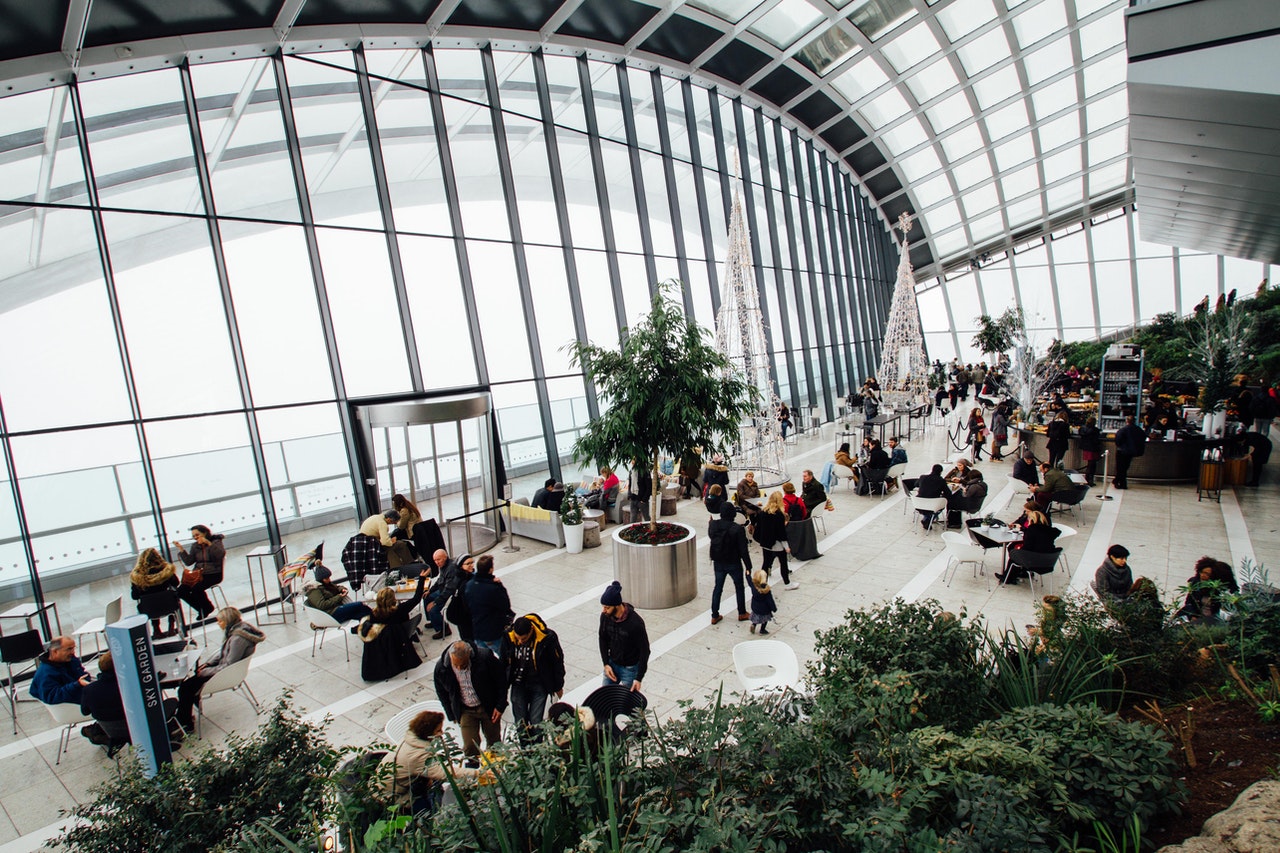No matter where we go or what we observe, natural patterns are everywhere. Whether you’re doing math, looking at artworks, or going through your daily lives, nature will always have a way of reminding us that we have to obey the laws of nature and physics. While nature does play a key role in many aspects of our life, as a species, we like to do things our own, which can often lead to us deviating from the “natural” order.
But just like any other living being out there, staying in offices made of steel, concrete, and glass isn’t necessarily part of the natural order, which will affect how we think and go through our daily natural programming. Some studies have shown that most of our time is indoors, especially since we usually work and conduct business. In a recent survey conducted on around 1000 white-collar workers, 35% of the workforce don’t get at least 15 minutes outdoors to at least breathe some fresh air during a day at work. Additionally, only 13% can crunch at least 30 minutes of their time doing outdoor activities, while around 26% can spend at least one outside.
The amount of time that office workers get to enjoy the outdoors is incredibly low; even prisoners are known for getting at least an hour every day outdoors. As many individuals emphasize the time spent at work, more office workers are getting more disconnected from nature.
Bringing Nature To The Office
Again, it’s not natural that humans have to stay in offices every day (besides the holidays) while staring at a dimly-lit computer screen in a room that’s lit by artificial lighting. In fact, much of the blue light that you get from the office can be detrimental to your health. As living and breathing organisms, we have to somehow connect with nature. What’s a great way of connecting with nature while still working? Well, simply bringing nature to the office through a variety of biophilic designs can definitely lessen stress while helping employees connect with nature.
So what are some patterns in nature that can use in the office? Here’s what you’ll need to know.
Swarm Artificial Intelligence
Theoretically, the workplace is a “hive mind” since it is an organization working towards one goal. Although there will be employees and elements that will have other purposes, the organization will always strive to reach one goal. In fact, a variety of tech companies have been incorporating human group work into swarm AI to collect data and information while also having a data-driven workplace.
Hive Mentality and Managing A Business
The beekeeping industry has been using the “hive mind” mentality that they observed from bees by creating a mobile application that can effectively streamline tasks and management strategies to other beekeepers without physically communicating and interacting. You can take a look at this in the beekeeper play store app. This is a great way of managing a business while cutting down on energy and time that would have been used for communication and management. After all, efficiency is highly-prized in any industry and workplace.
Greeneries and Natural Formations
Not only will having nature at the office help with employees’ stress levels, but this will help cultivate a culture of appreciation for the environment. Most experts would say that individuals’ attraction to nature is innate and is part of our behavior as humans. That said, it’s important to start bringing in natural elements and “formations” indoors that can help emulate the same atmosphere as most individuals would get when they’re hiking or traveling.

In the past few years, the trend of incorporating indoor gardens and plants into the workspace has been steadily growing. While this is happening, there are many signs that would suggest that we are close to the point that greeneries and other natural elements will start becoming a widespread norm in the office. Rather than just an experiment or an implementation that’s done out of curiosity, a multitude of companies, such as Amazon, have been incorporating a variety of natural elements.
There are definitely a lot more patterns in nature that we can incorporate into technology and into the workplace. Whether it’s installing indoor office gardens, greeneries, or developing artificial intelligence based on human and swarm behavior, there’s still a lot that we can learn from nature.
